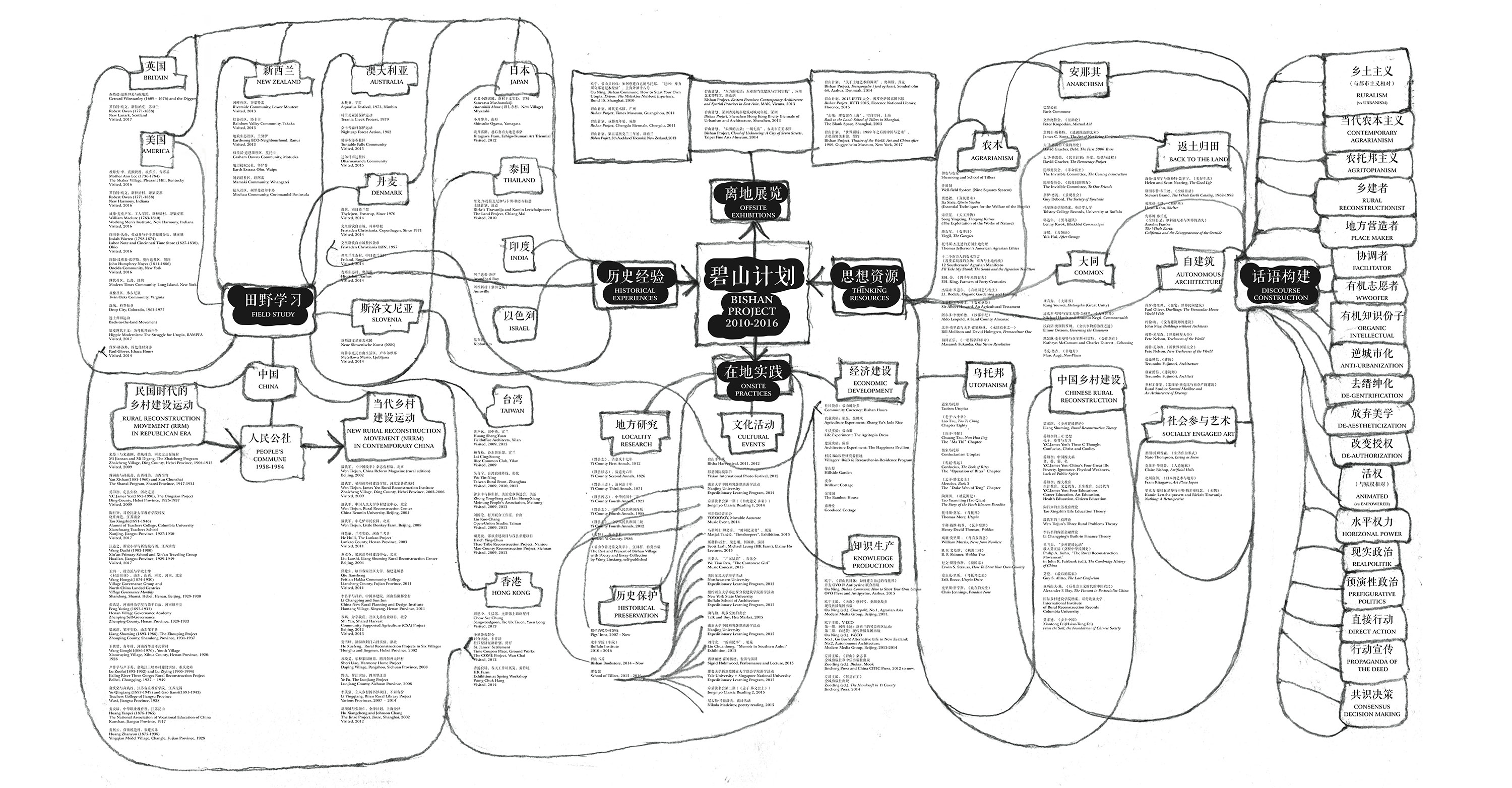Ou Ning, Utopia in Practice: Bishan Project and Rural Reconstruction (Palgrave Macmillan, 2020).
Orange Wang, “China Food Security: Country Faces ‘Grain Supply Gap of 130 Million Tonnes by 2025’ as Rural Workforce Dwindles,” South China Morning Post, August 18, 2020 →.
Saneatsu Mushanokōji founded the first Atarashiki-mura in Takajo, Miyazaki Prefecture, in 1918. It was flooded by the construction of a reservoir, so it was moved to Moroyama, Saitama Prefecture in 1939. The haiku poem on the memorial pole, in Japanese, isこの道より我を生かす道なしこの道を歩く. See The Centenary of Atarashiki-mura: 1918–2018 (Saneatsu Mushanokōji Memorial Museum, 2018), 37.
San Yuan Li is a traditional agrarian village located within urban Guangzhou. See also San Yuan Li, directed by Ou Ning and Cao Fei (dGenerate Films, 2003).
James C. Scott, Seeing Like a State: How Certain Schemes to Improve the Human Condition Have Failed (Yale University Press, 1998).
Du Tao and Xiao Wei, “Urbanization of Migrant Workers Takes 1.8 Billion Yuan,” The Economic Observer, May 11, 2013 →.
See Erik Reece, Utopia Drive: A Road Trip Through America’s Most Radical Idea (Farrar, Straus and Giroux, 2016); Chris Jennings, Paradise Now: The Story of American Utopianism (Random House, 2016); and Ellen Wayland-Smith, Oneida: From Free Love Utopia to the Well-Set Table (Picador, 2016).
See James Yen’s speech at a reception for Chengdu alumni of the China Institute of Rural Reconstruction (1985), in Complete Works of James Yen, vol. 3, ed. Song Enrong (Tianjin Education Press, 2013), 519.
Wes Jackson, Becoming Native to This Place (Counterpoint, 1996), 97.
This is the curatorial statement for a section in the coming exhibition “A Story for the Future” at the MAXXI, Rome. Not published yet.
Xi Jinping’s slogan, in Chinese, is绿水青山就是金山银山, or alternatively两山理论 (two mountain theory). It has also been called “Xi Jinping Thought on Ecological Civilization.” He first mentioned the slogan during a 2005 tour of Anji County in Zhejiang Province, while he was serving as its Party Committee Secretary. See “Green Is Gold: China’s Remarkable Revival Project,” United Nation Environment Programme, September 26, 2018 →.
Peter Kropotkin, La Conquête du Pain, first published in 1892. In English: The Conquest of Bread (G. P. Putnam’s Sons, 1906), 17. Available online at the Anarchist Library →.
